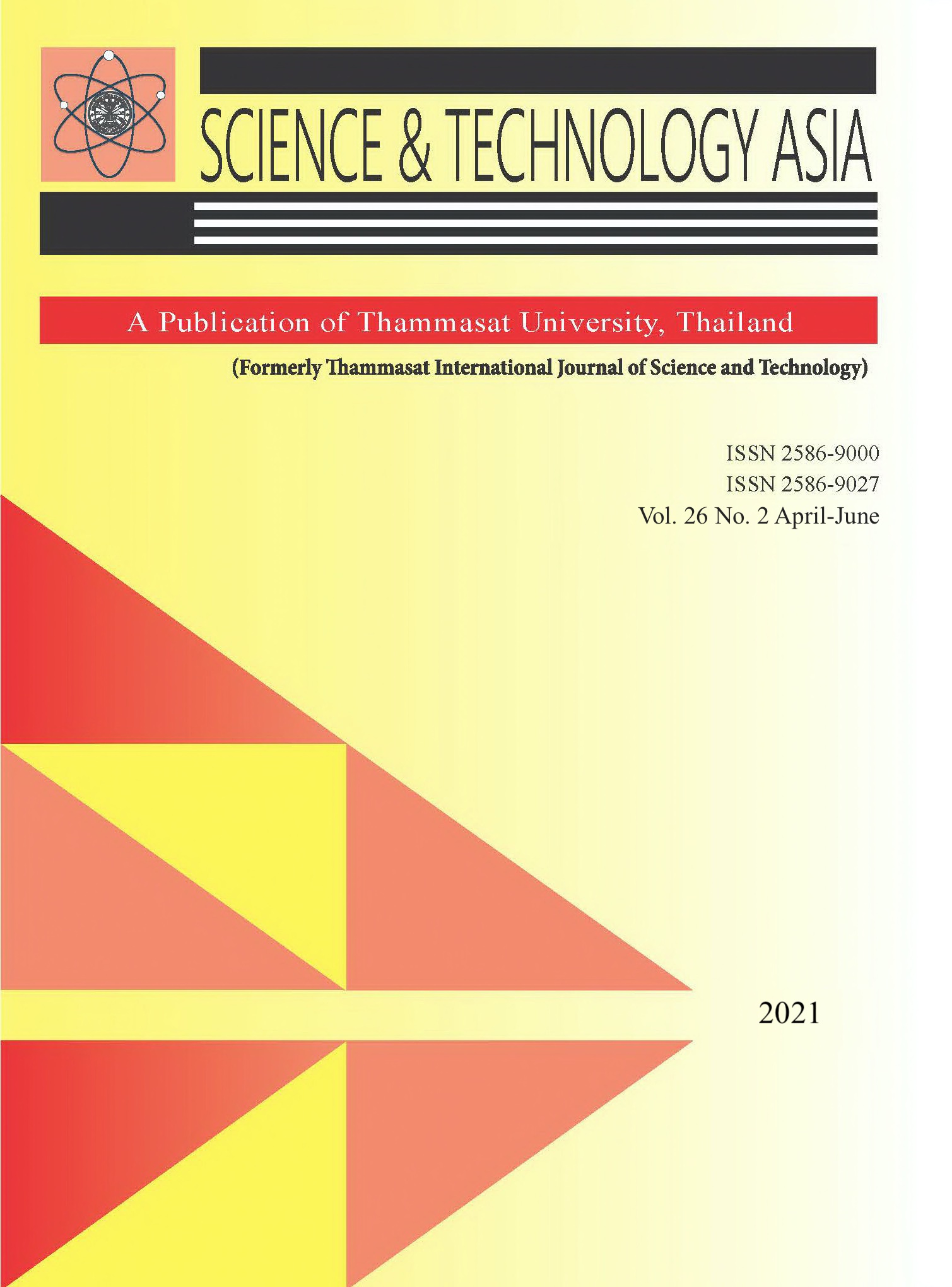Targeted Therapy in Liver Tumor: Study on Nanoparticle Assisted with Porous Liver Model
Main Article Content
Abstract
The high performance of Microwave ablation (MWA) is measured by the successful coagulate of the target tissues with less effect on the surrounding healthy tissues. To achieve this goal, the precious porous liver model is used for simulation to investigate how the performance improves when two key properties, thermal and electrical conductivity, have been changed. The investigation of selected nanoparticle, Carbon Nanotube (CNT), also has been included. The result has shown that increased thermal and electrical conductivity of target tissue in the porous liver promotes a higher heating rate and lower maximum temperature when compared with the normal porous liver tissue condition. The MWA performance improved when the selected nanoparticle CNT was included, producing an improved lesion shape with a short tail when compared with normal tissues. In summary, this study gives the necessary aspect for knowledge of enhancing the MWA process and can be used as a guideline to enhance the MWA efficacy.


